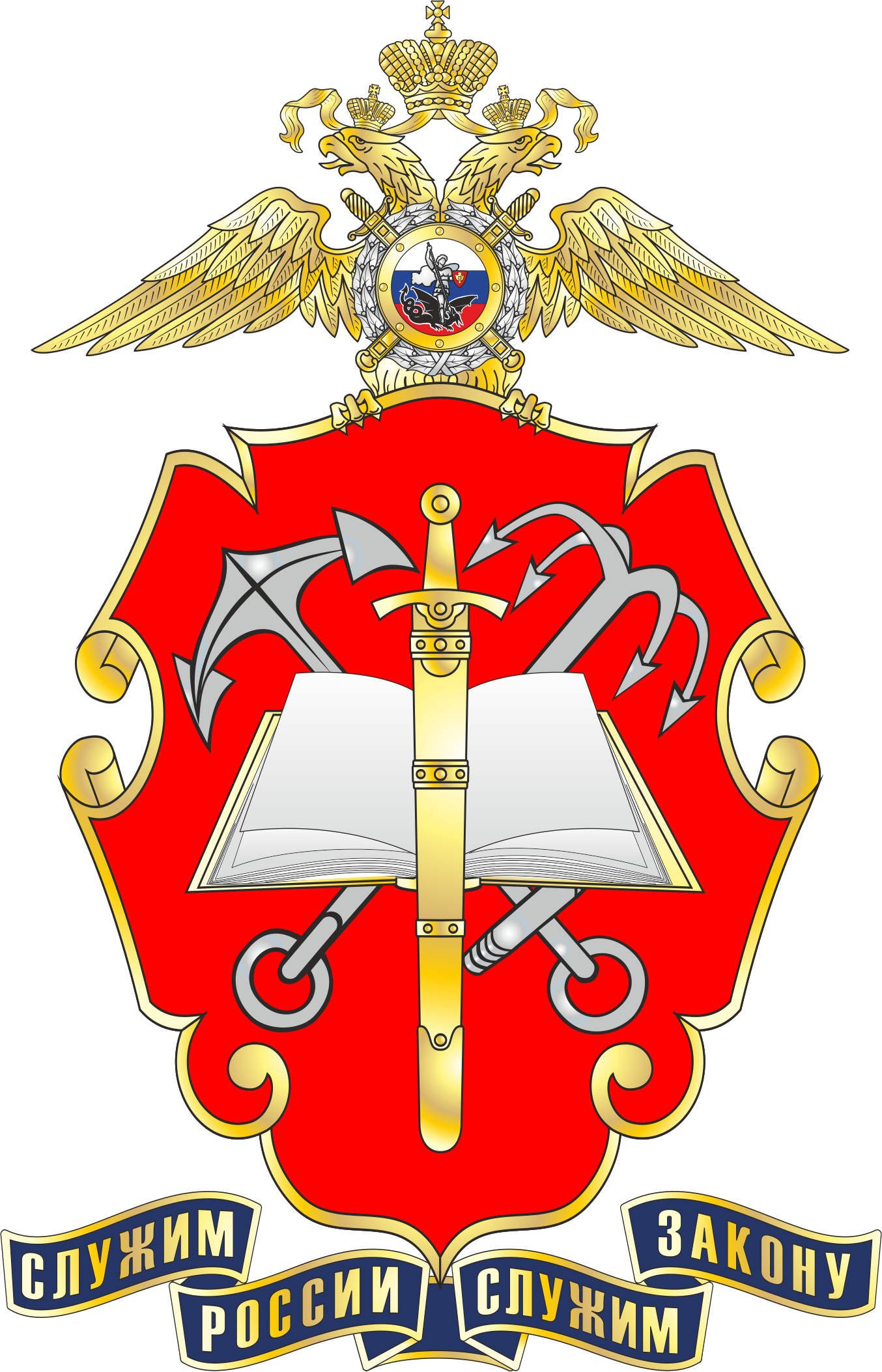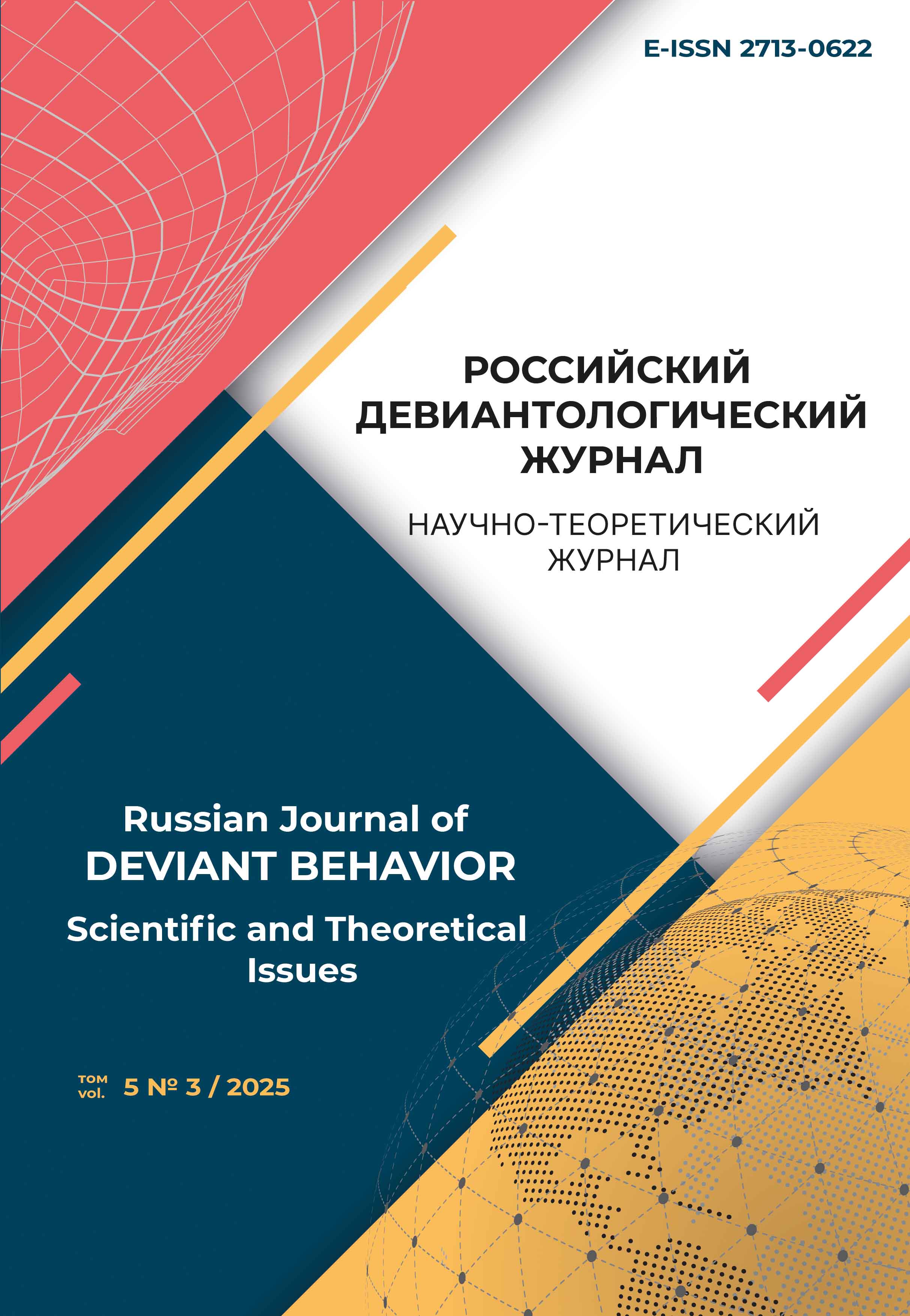Academy of management of the Ministry of Internal Affairs of Russia (kafndra psihologii, pedagogiki i organizacii raboty s kadrami, docent)
employee
Russian Federation
UDC 159.99
Introduction. The article provides an overview and summary of the main approaches to the concept of “conflict in the staff”, examines the causes and general characteristics of interpersonal conflicts in the departments of the internal affairs agencies of the Russian Federation, and studies the functions and classifications of such conflicts. The authors conclude that the activities of heads of internal affairs departments require not only a high level of professional competence, but also a readiness to provide assistance in resolving various interpersonal and intrapersonal problems. The work of heads in preventing and resolving interpersonal conflicts is highly significant and required, as the success and effectiveness of the staff’s activities depend on prevention and timely correction. Research methods. The analysis of scientific literature reveals the importance of a head’s actions in preventing and resolving conflicts between employees, as well as between superiors and employees. The authors analyse the ways of preventing, regulating and resolving interpersonal conflicts. Results. The study of conflict behavioural strategies made it possible to conclude that, in conflict situations, the research participants are oriented towards using constructive strategies of compromise and cooperation. During the study of aggression in interpersonal relationships, it was determined that most research participants have medium and low levels of this indicator. It enables to assume an insufficient level of overt aggression and unfavourable conflict tendencies.
conflicts, police, behavioural strategies, internal affairs agencies, leadership role, conflict management skills, compromise, cooperation, conflict participants
1. Bessonova, Yu. V., Oboznov, A. A., Petrovich, D. L. (2018). Psihologicheskoe blagopoluchie professionala v organizaciyah povyshennogo riska. V Chelovecheskij faktor v slozhnyh tekhnicheskih sistemah i sredah (ERGO-2018): trudy Tret'ej mezhdunarodnoj nauchno-prakticheskoj konferencii (Sankt-Peterburg, 07 iyulya 2018 goda, str. 627–635). Tver': Mezhregional'naya obshchestvennaya organizaciya "Ergonomicheskaya associaciya".
2. Bessonova, Yu. V. (2020). Stanovlenie professional'nogo mentaliteta bezopasnosti v organizaci-yah povyshennogo riska. V Psihologiya bezopasnosti i psihologicheskaya bezopasnost': problemy vzaimodejstviya teoretikov i praktikov: materialy X Vserossijskoj nauchnoj konferencii (g. Sochi, 09–10 oktyabrya 2020 g., str. 38–48). Moskow: Izdatel'stvo "Mir nauki".
3. Bochkova, M. N., Meshkova, N. V. (2018). Emocional'nyj intellekt i social'noe vzaimodejstvie: zarubezhnye issledovaniya. Sovremennaya zarubezhnaya psihologiya, 7 (2), 49–59. https://doi.org/10.17759/jmfp.2018070205
4. Vahnina, V. V., Nuriev, R. R. (2023). Psihologicheskie osobennosti samoregulyacii sotrudnikov organov vnutrennih del s razlichnymi tipami povedencheskoj aktivnosti. Akademicheskaya mysl', 1 (22), 20–26.
5. Ivanova, A. M., Kodirkulov, A. S. (2024). Organizacionnaya kul'tura i kontrproduktivnoe povedenie sotrudnikov policii. Chelovecheskij kapital, 4 (184), 147–155. https://doi.org/10.25629/HC.2024.04.15
6. Izard, K. E. (2016). Psihologiya emocij (per. s angl. V. Misnik, A. Tatlybaeva). Saint Petersburg: Izdatel'stvo «Piter».
7. Lapshin, V. E., Shamanin, N. V. (2023). Profilaktika professional'nyh destrukcij sotrudnikov fede-ral'noj sluzhby ispolneniya nakazanij kak faktor uspeshnosti ih professional'noj deyatel'nosti. Penitenciarnaya nauka, 17 (2 (62)), 203–211. https://doi.org/10.46741/26869764.2023.62.2.010
8. Meshkova, N. V., Enikolopov, S. N., Kudryavcev, V. T., Kravcov O. G. i dr. (2020). Vozrastnye i polovye osobennosti lichnostnyh prediktorov antisocial'noj kreativnosti. Psihologiya. Zhurnal Vysshej shkoly ekonomiki, 17 (1), 60–72. https://doi.org/10.17323/1813-8918-2020-1-60-72
9. Parfenova, E. N., Avilova, Zh. N., Ledovskaya, I. I. (2019). K voprosu o sovremennyh motivacionnyh rychagah vozdejstviya na personal organizacii. Vestnik Belgorodskogo universiteta kooperacii, ekonomiki i prava, 4 (77), 234–246.
10. Rybnikov, V. Yu, Mar'in, M. I. (2005). Koping-povedenie sotrudnikov MVD Rossii i ih individual'naya ustojchivost' v ekstremal'nyh i chrezvychajnyh situaciyah. Chelovecheskij faktor: problemy psihologii i ergonomiki, 3 (32), 54–58.
11. Sitnikov, V. L. (2024). Ob aktual'nosti issledovaniya social'no-perceptivnyh obrazov sotrudnikov policii. V Aktual'nye problemy psihologii pravoohranitel'noj deyatel'nosti: koncepcii i tekhnologii reshe-niya (Vasil'evskie chteniya – 2024): materialy mezhdunarodnoj nauchno-prakticheskoj kon-ferencii (g. Sankt-Peterburg, 26–27 aprelya 2024 goda, str. 692–697). Saint Petersburg: Sankt-Peterburgskij universitet MVD Rossii.
12. Brender-Ilan, Y., & Sheafer, Z. (2019). How do self-efcacy, narcissism and autonomy mediate the link between destructive leadership and counterproductive work behaviour. Asia Pac Manag Rev, 24 (3), 212–222. https://doi.org/10.1016/j.apmrv.2018.05.003
13. Dong, H. R., & Wang, S. H. (2023). Construction of Psychological Crisis Intervention Models for Police Officers During Major Public Emergencies. Journal of Chifeng University (Natural Science Edition), 39 (1), 51–55.
14. James, L., James, S., & Vila, B. (2018). The impact of work shift and fatigue on police officer response in simulated interactions with citizens. J Exp Criminol, 14, 111–120. https://doi.org/10.1007/s11292-017-9294-2
15. Hubbeling, D., & Bertram, R. (2012). Crisis resolution teams in the UK and elsewhere. Journal of Mental Health, 21 (3), 285–295. https://doi.org/10.3109/09638237.2011.637999
16. Kehr, H. M. (2004). Integrating implicit motives, explicit motives, and perceived abilities: The compensatory model of work motivation and volition. Academy of Management Review, 29 (3), 479–499.
17. Sloman, S. A. (1996). The empirical case for two systems of reasoning. Psychological Bulletin, 119 (1), 3–22. https://doi.org/10.1037/0033-2909.119.1.3
18. Lee, S. B., Liu, S. H., & Maertz, C. (2022). The relative impact of employees’ discrete emotions on employees’ negative word-of-mouth (NWOM) and counterproductive workplace behavior (CWB). The Journal of Product & Brand Management, 31 (7), 1018–1032. https://doi.org/10.1108/JPBM-07-2021-3555
19. Rengifo, M., & Laham, S. M. (2022). Big Five personality predictors of moral disengagement: A comprehensive aspect-level approach. Personality and Individual Differences, 184, 111176. https://doi.org/10.1016/j.paid.2021.111176














